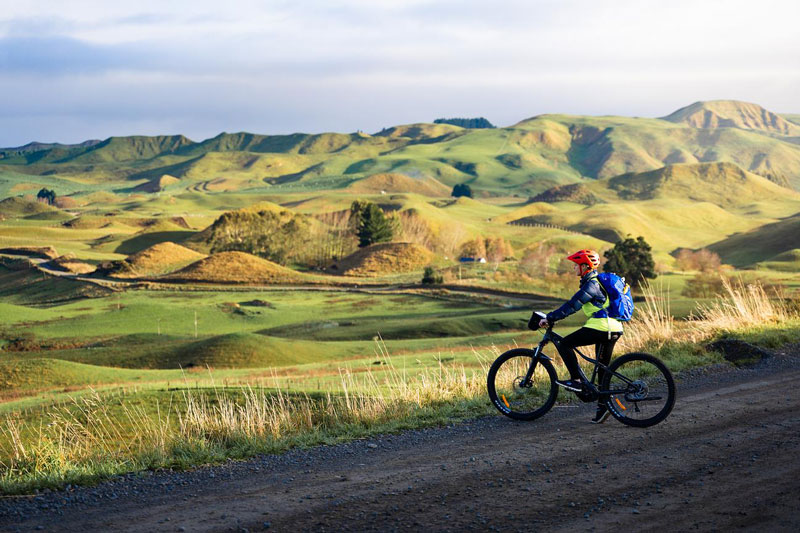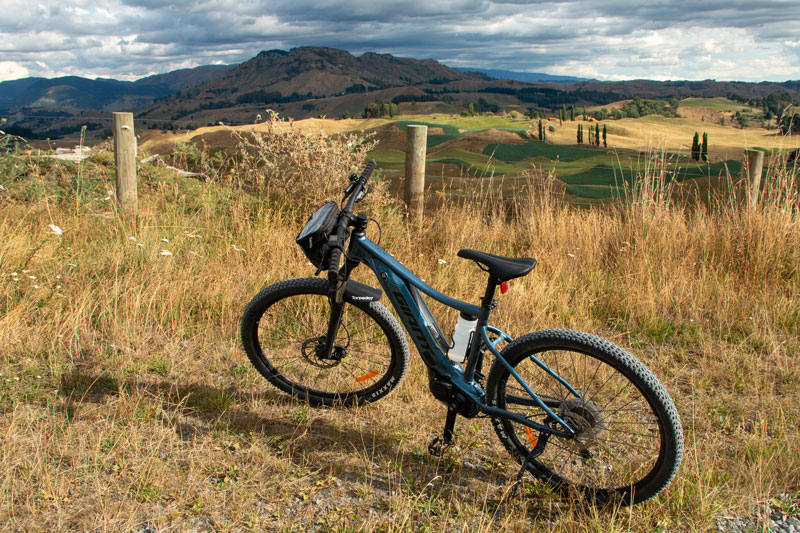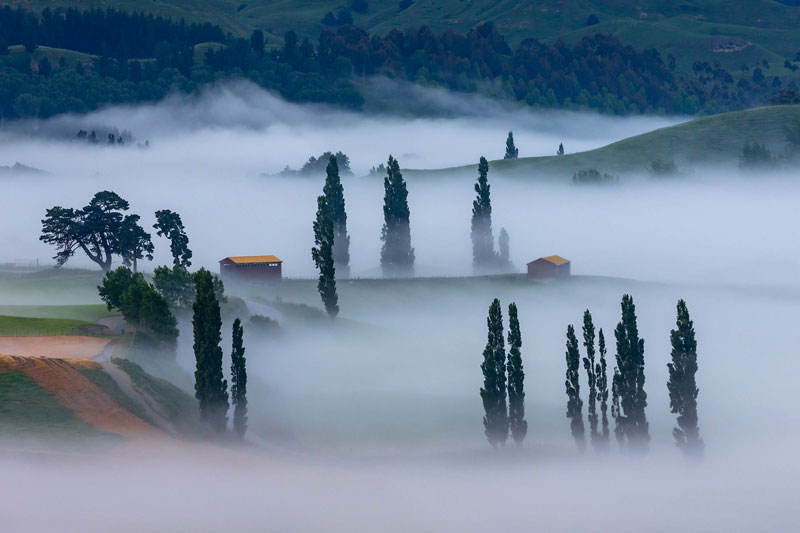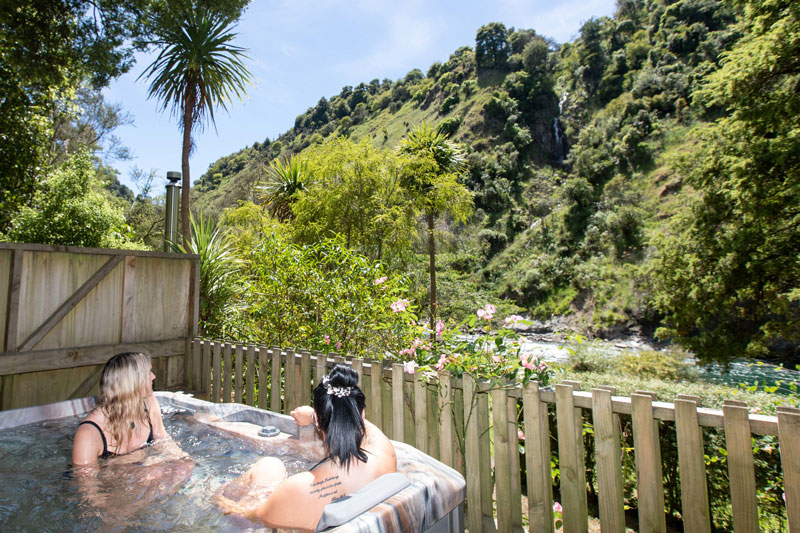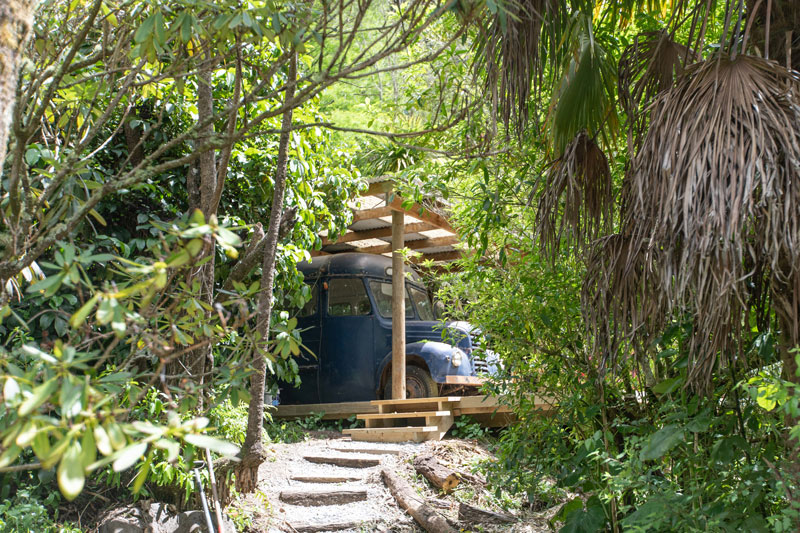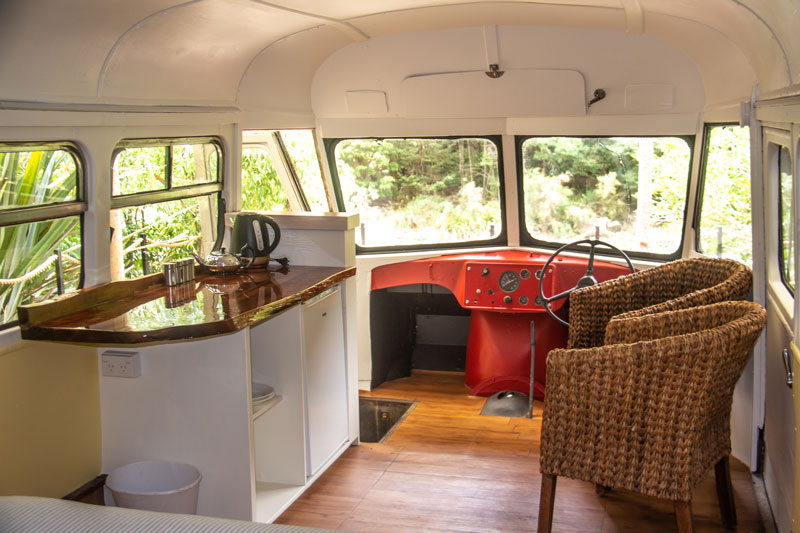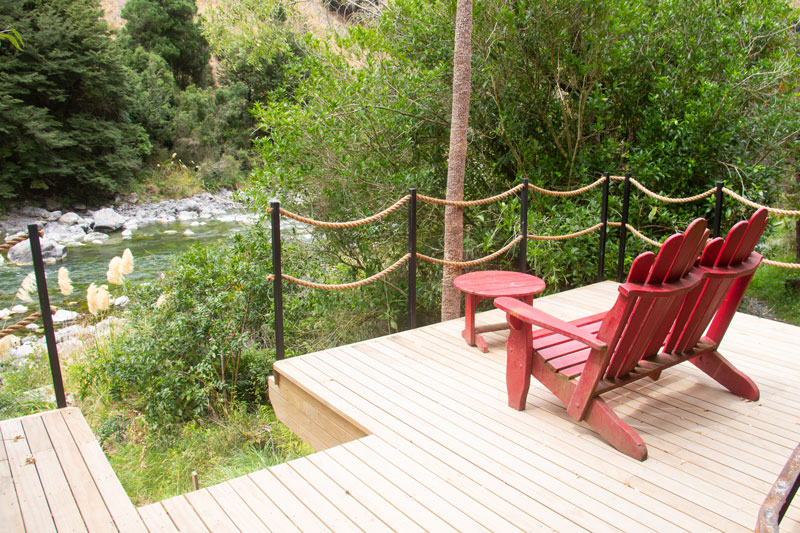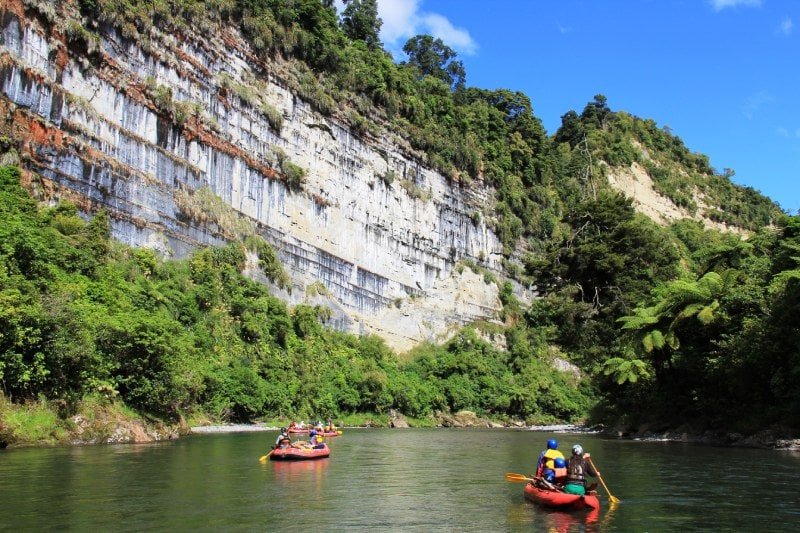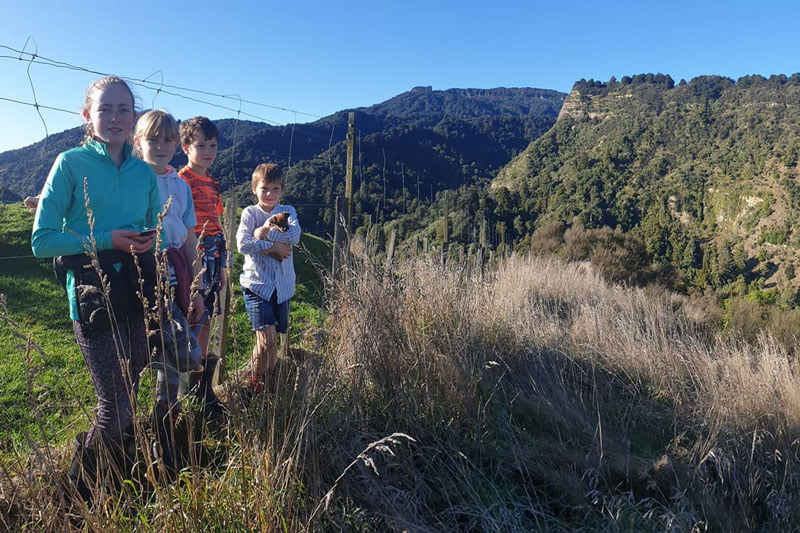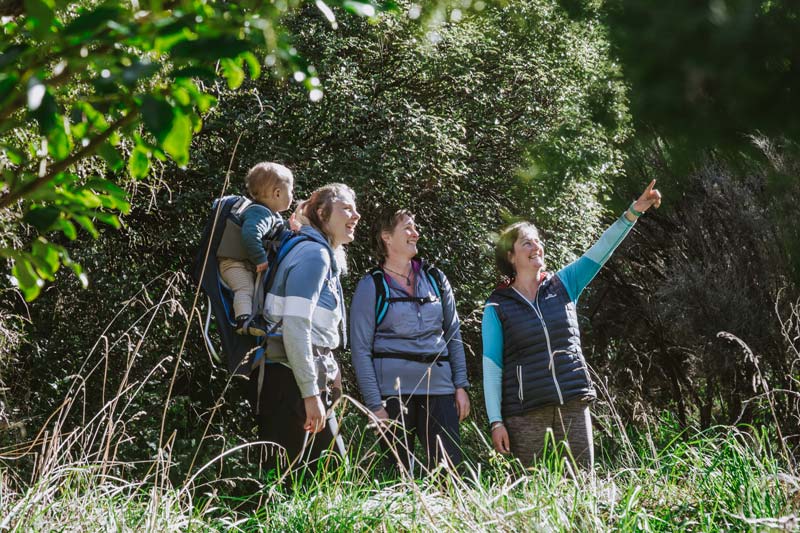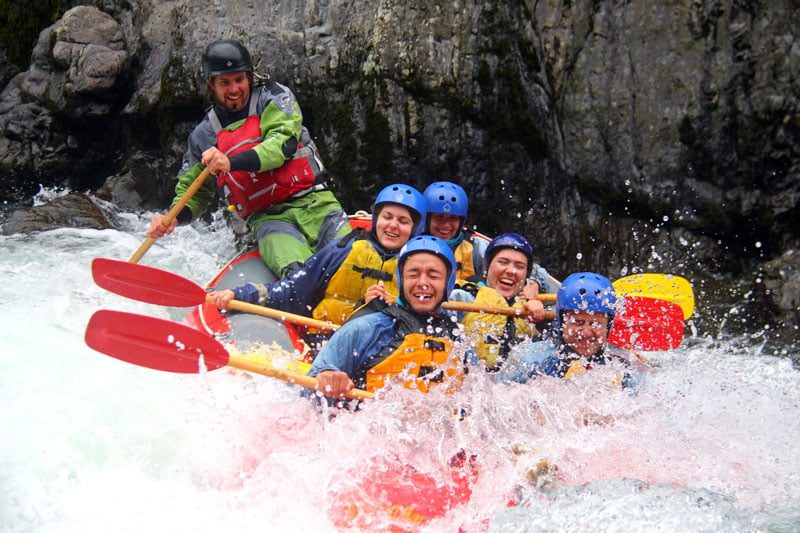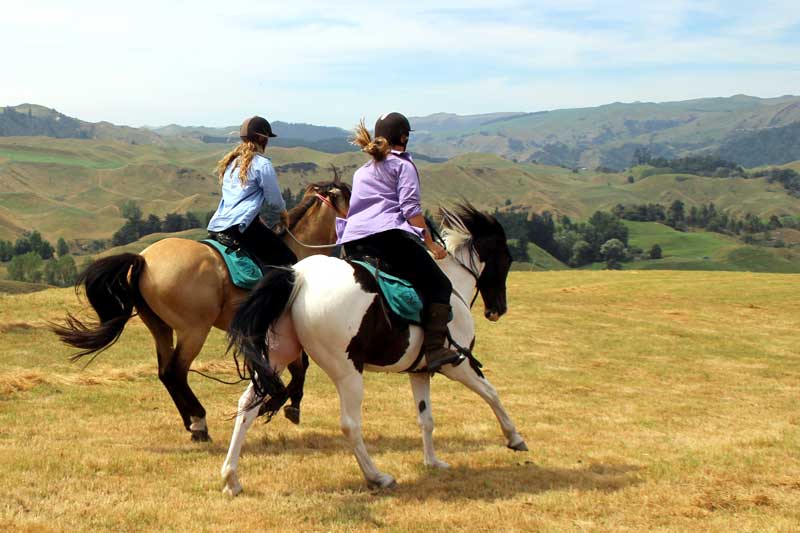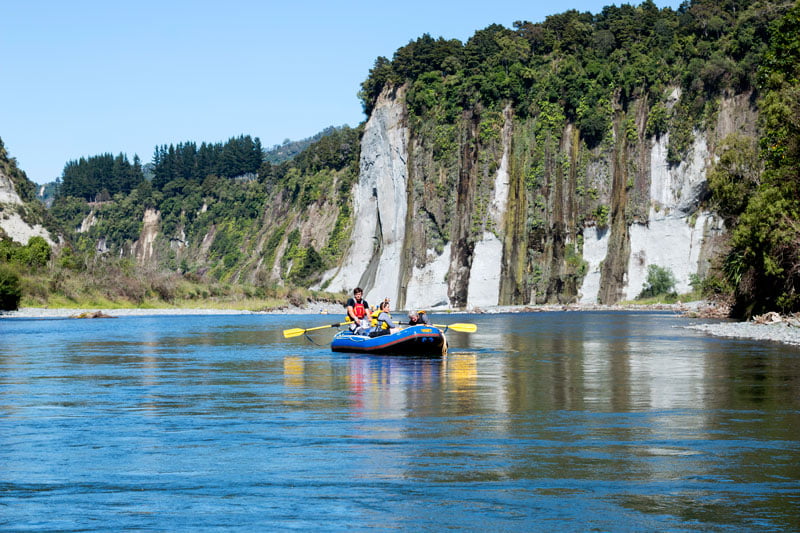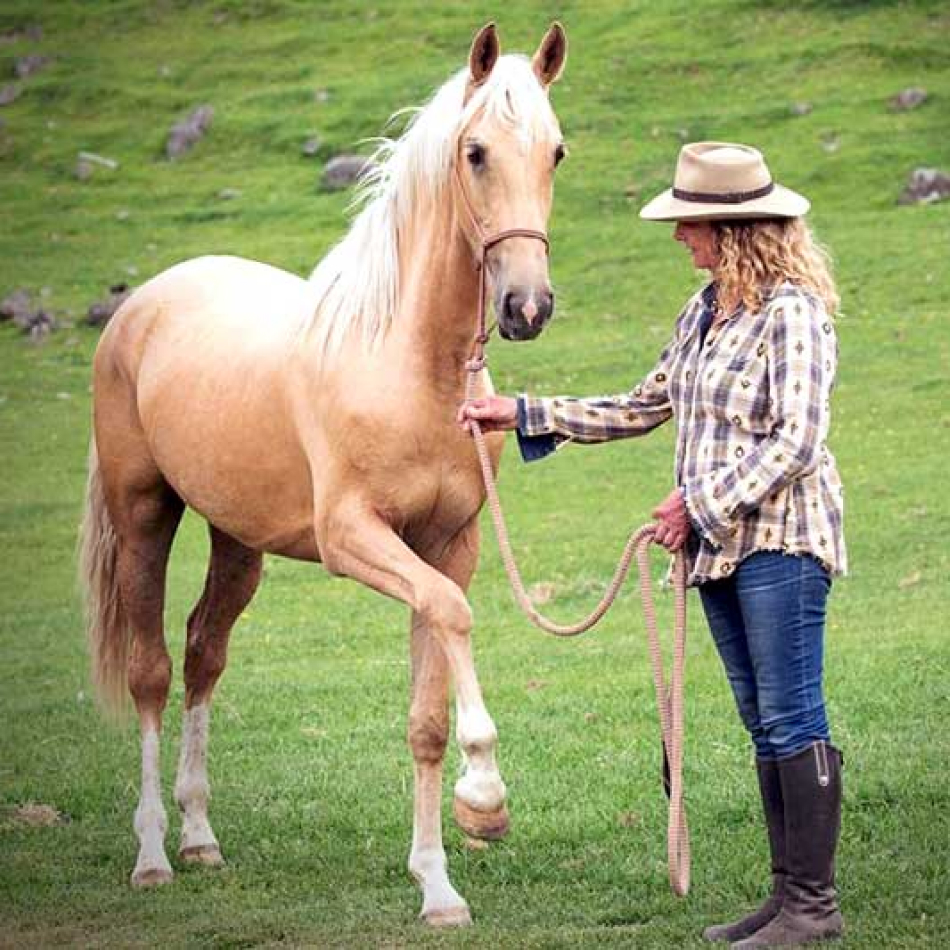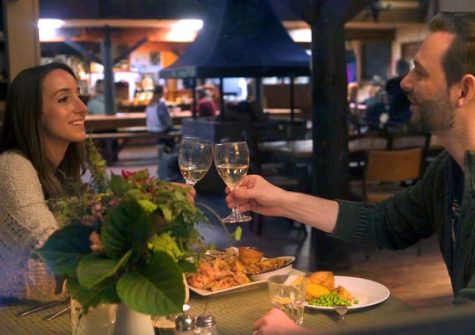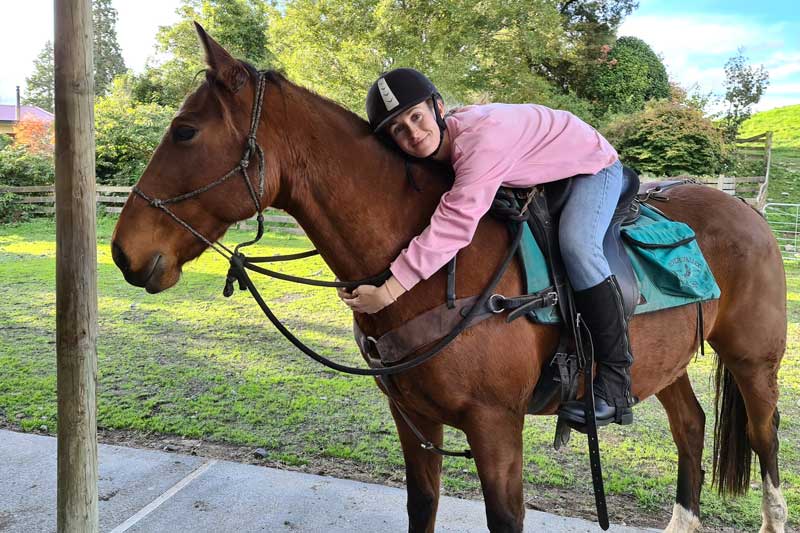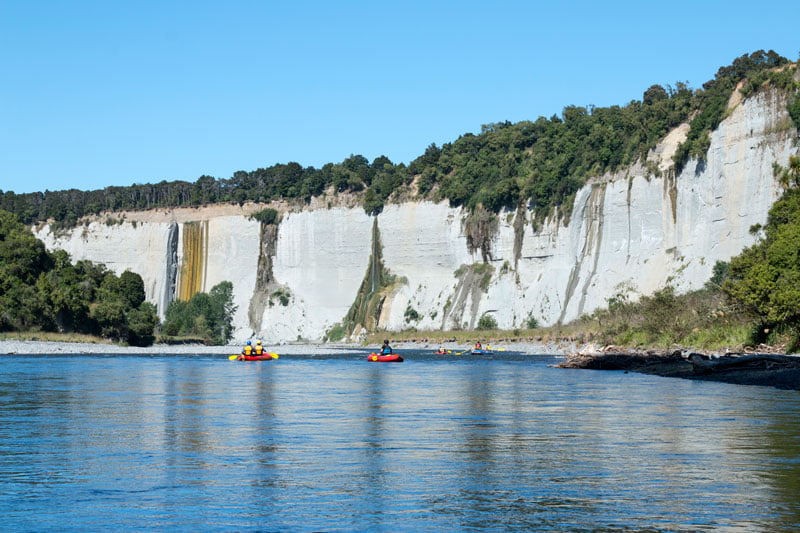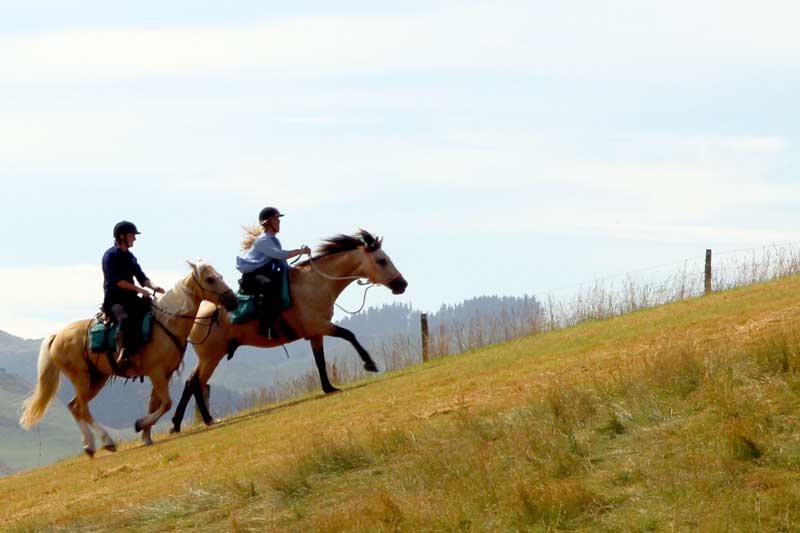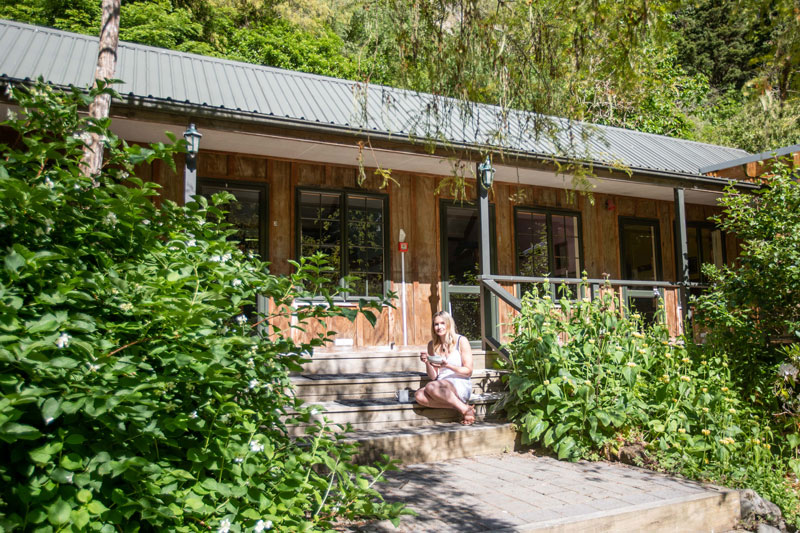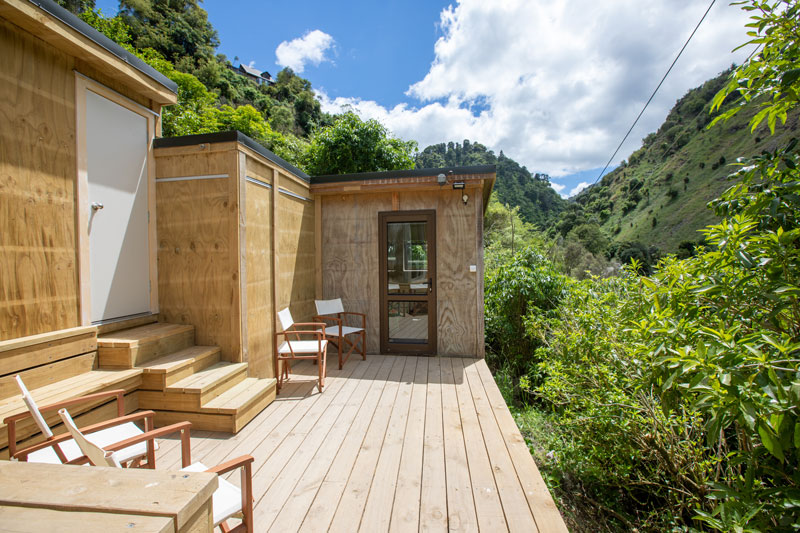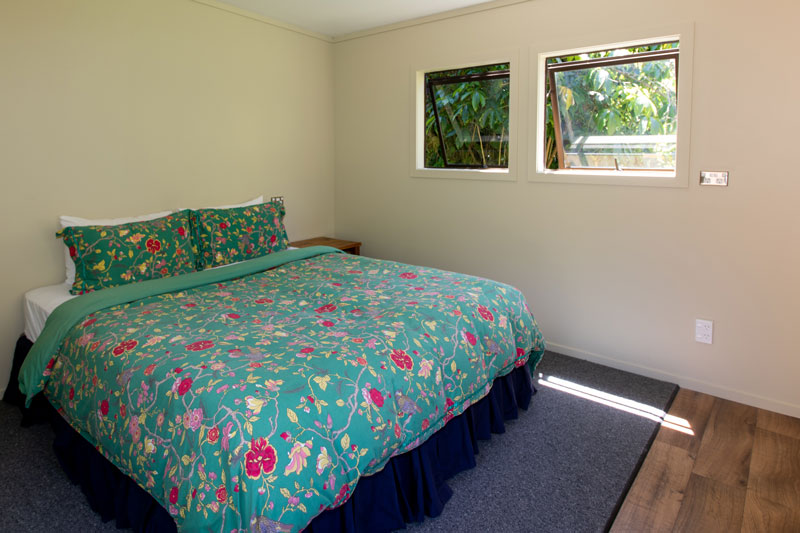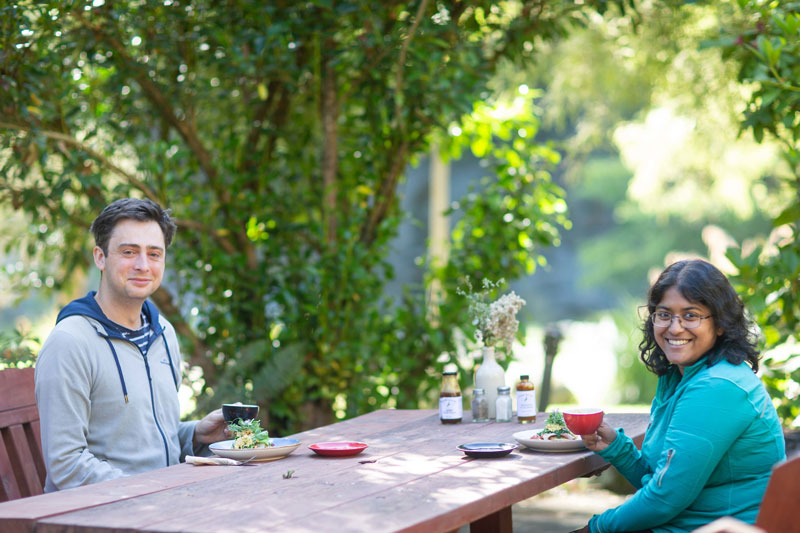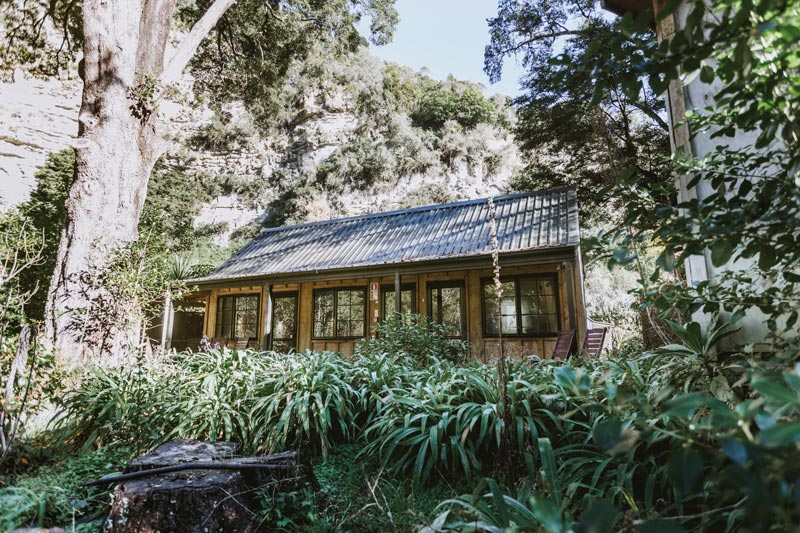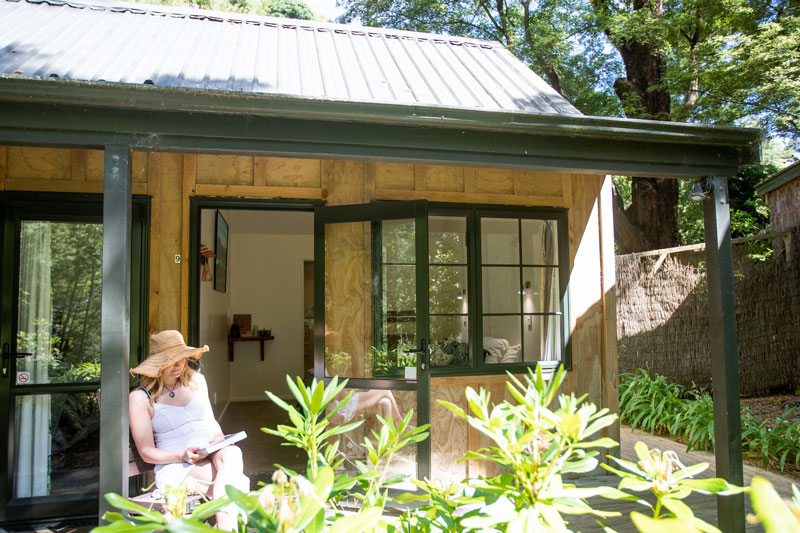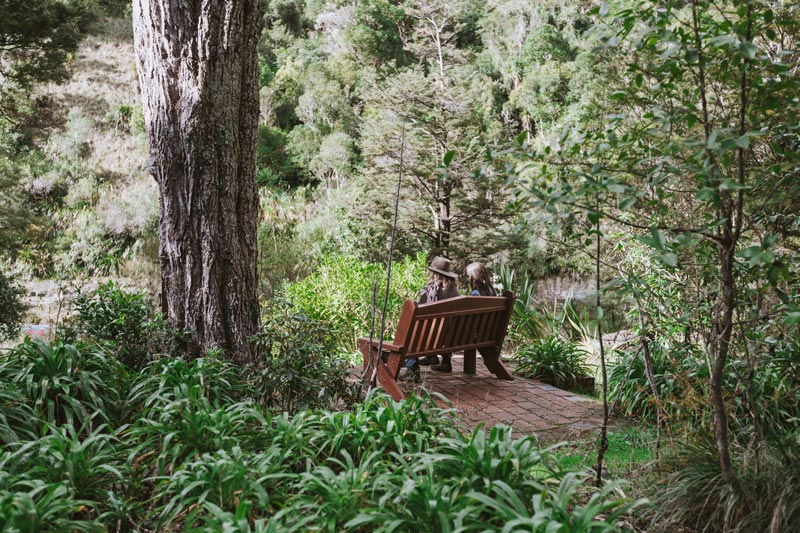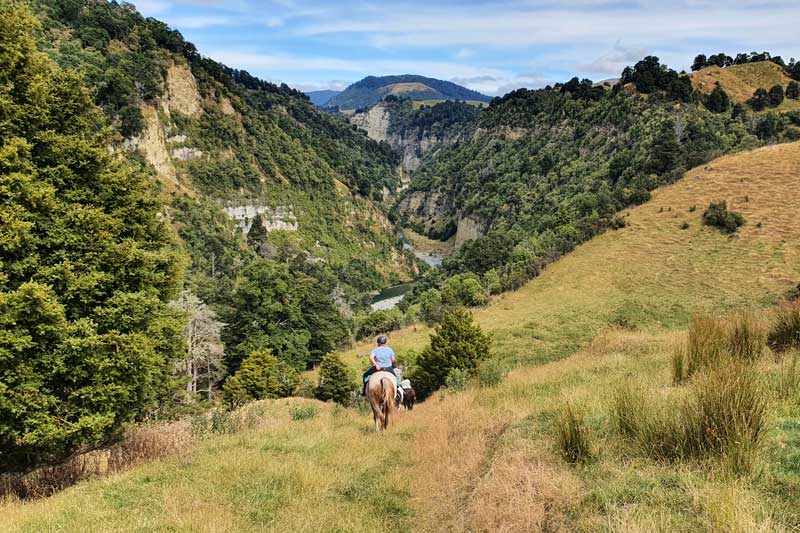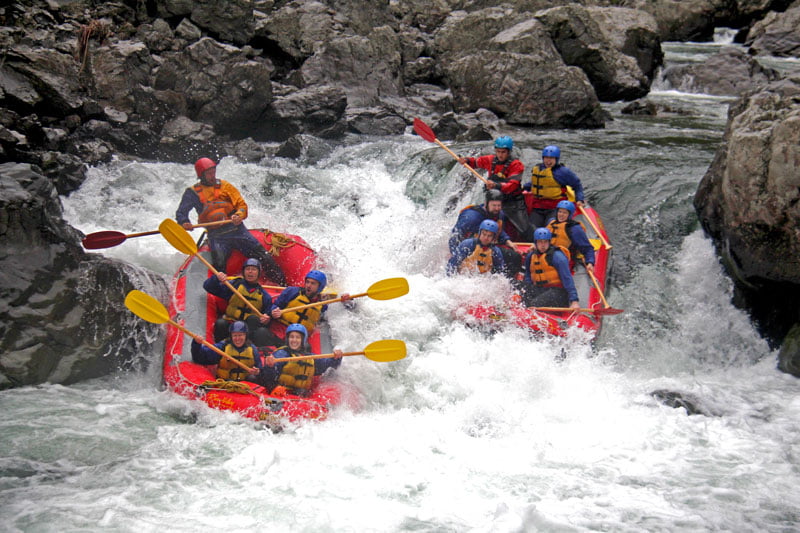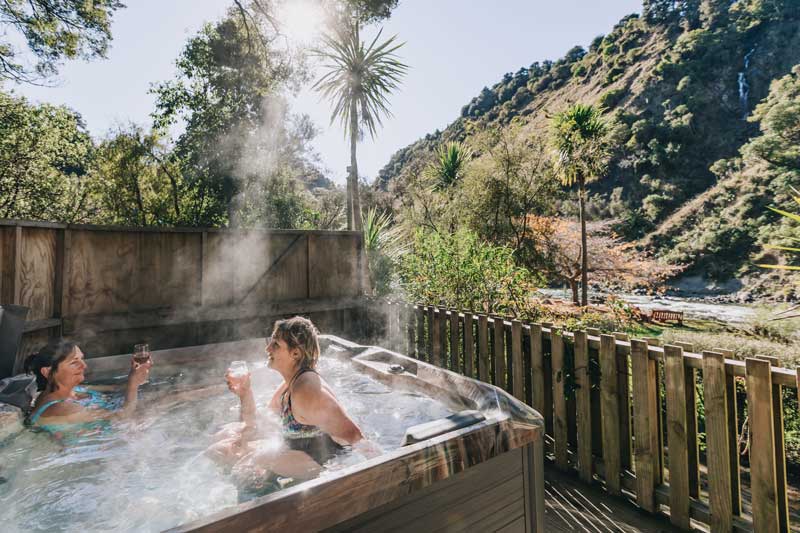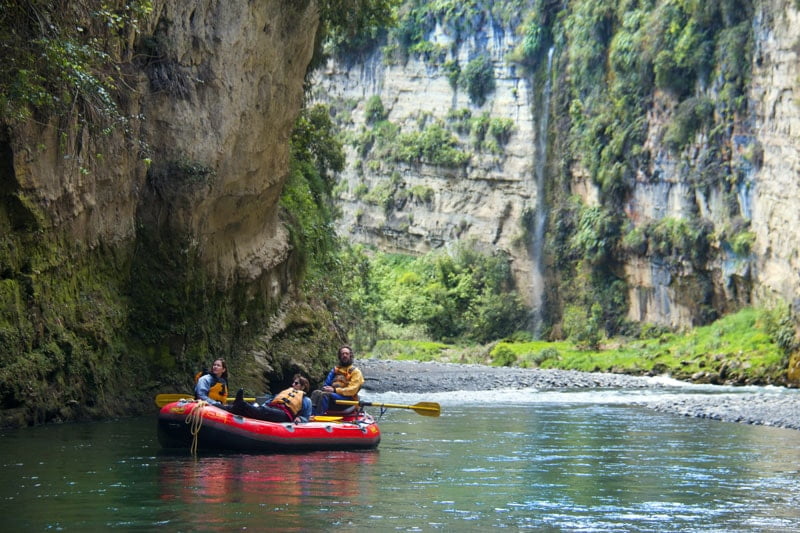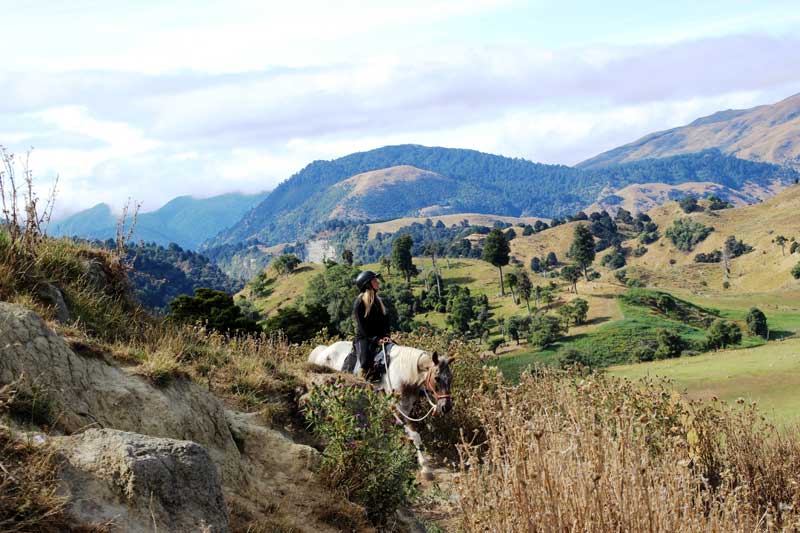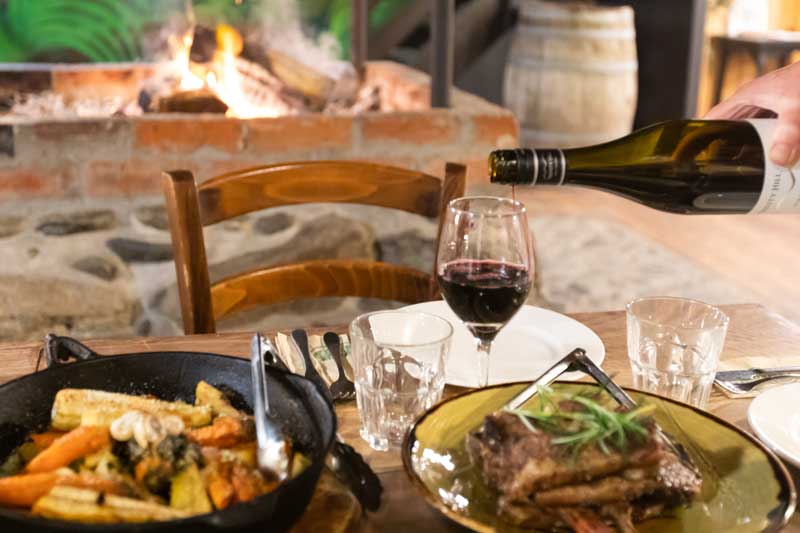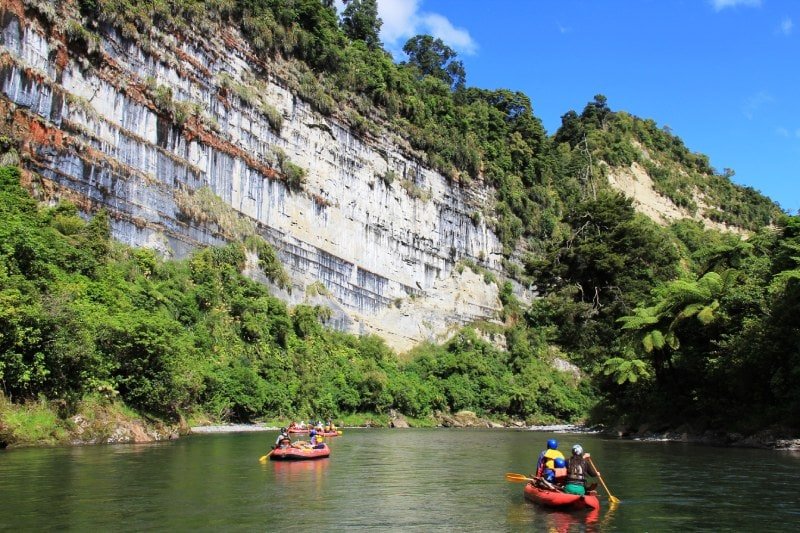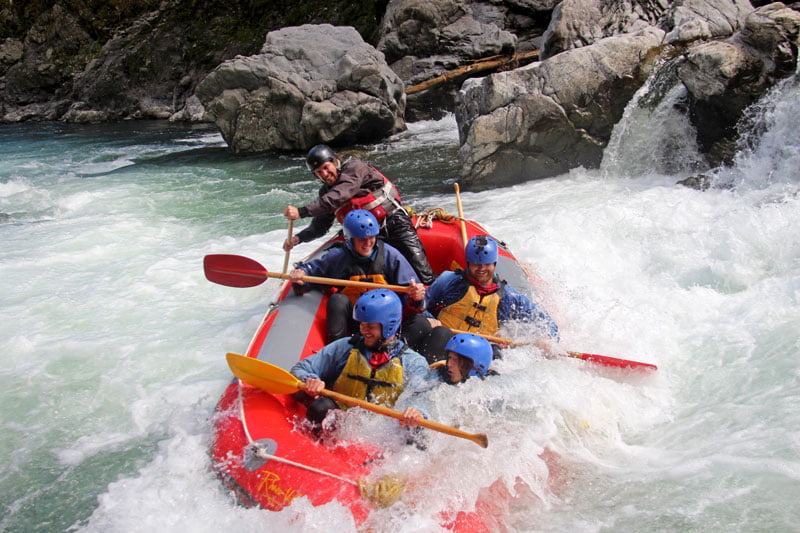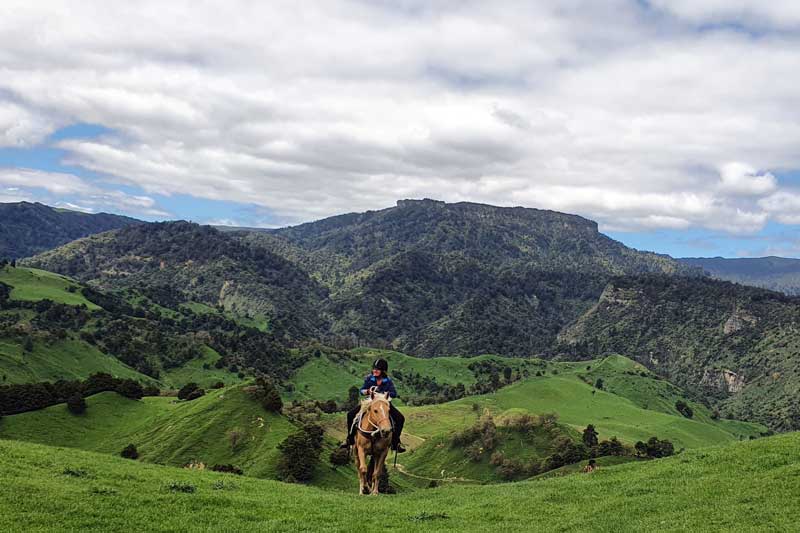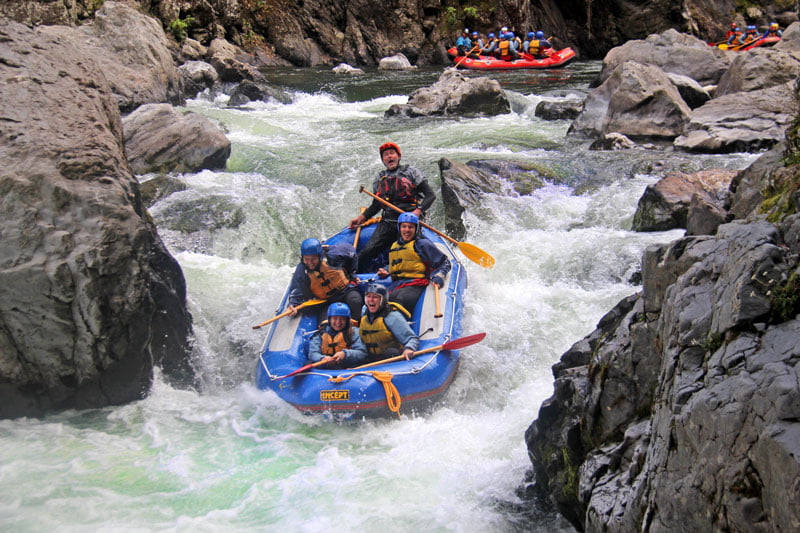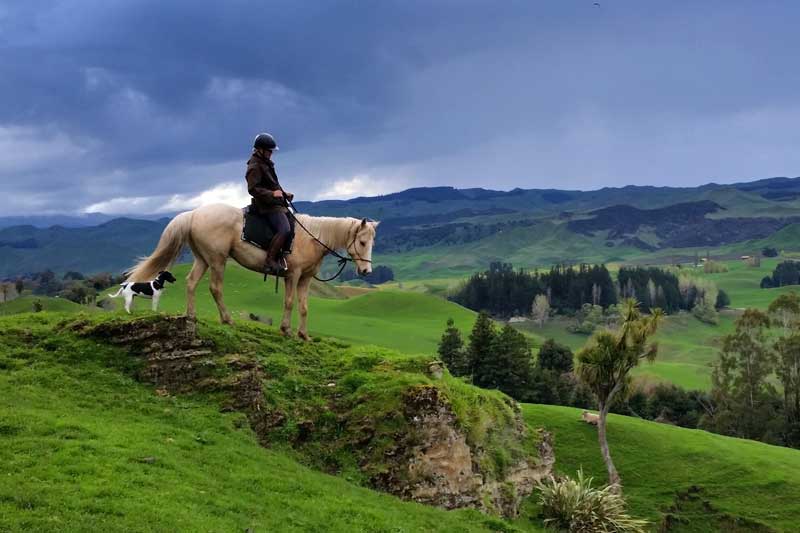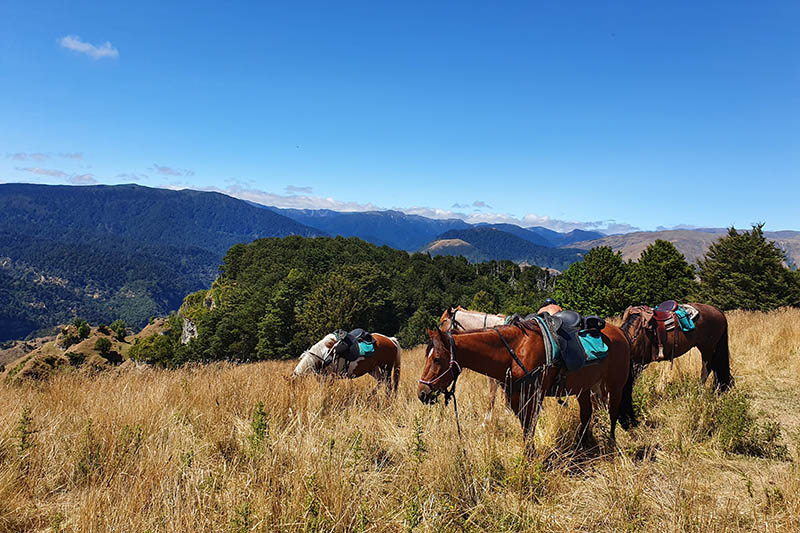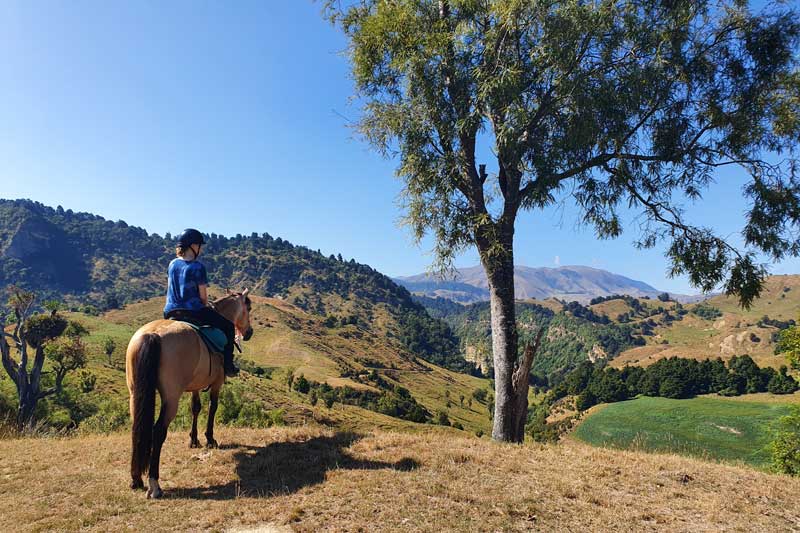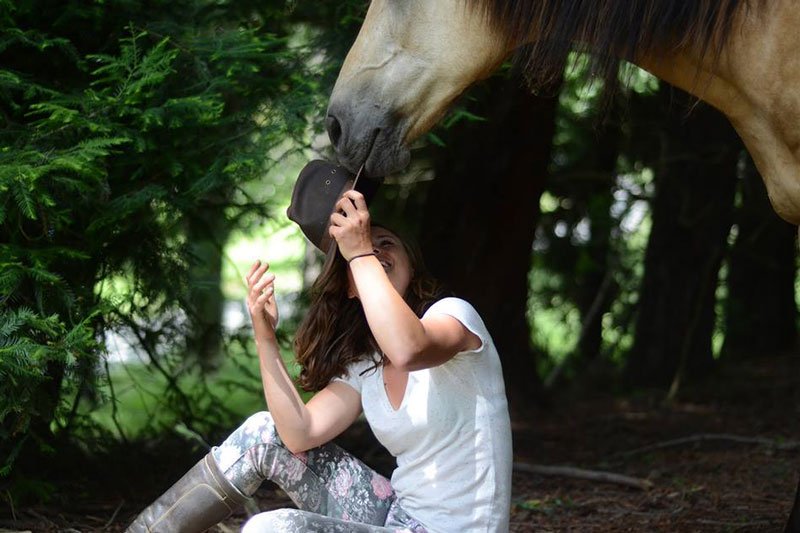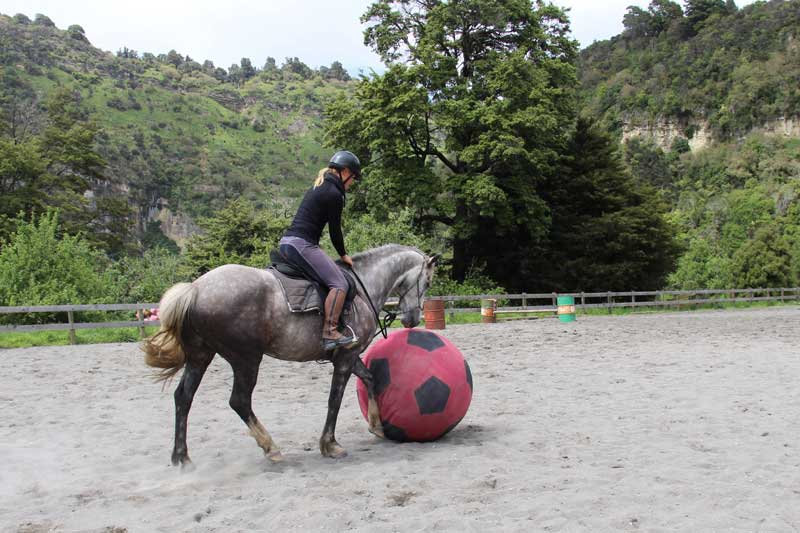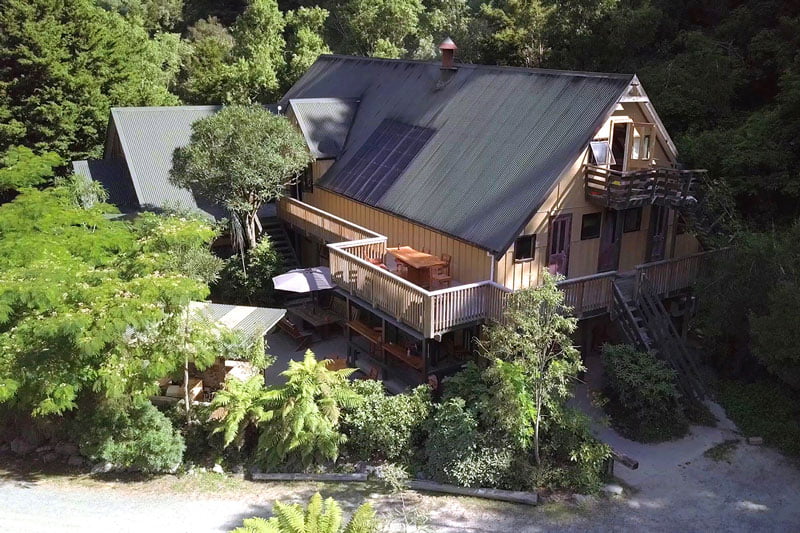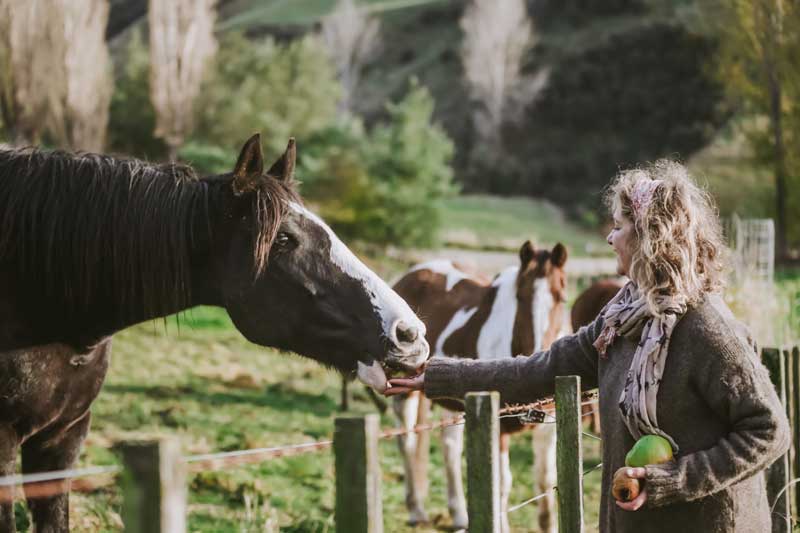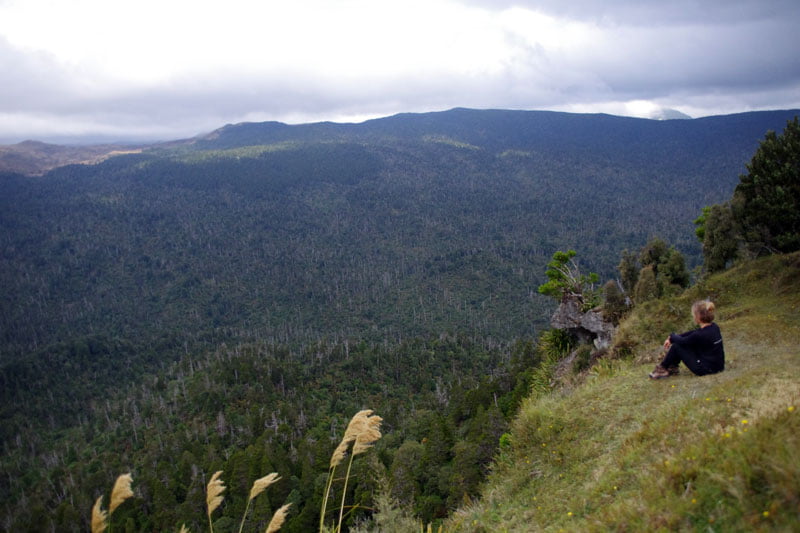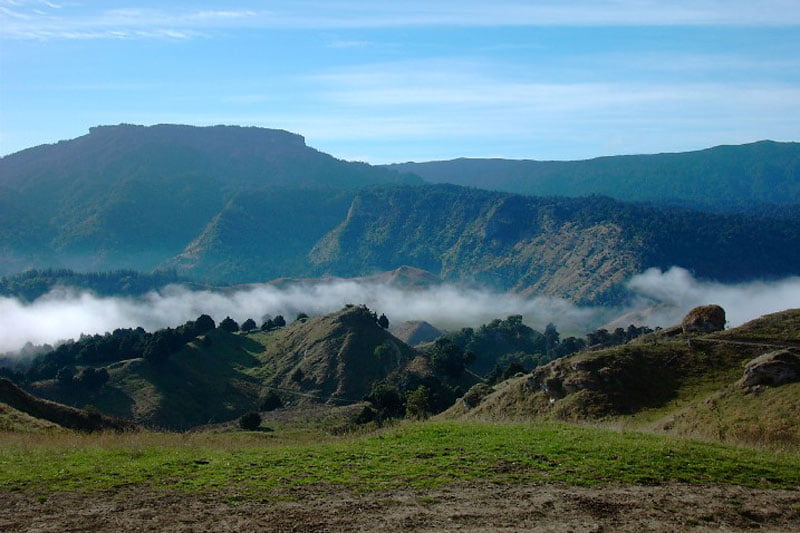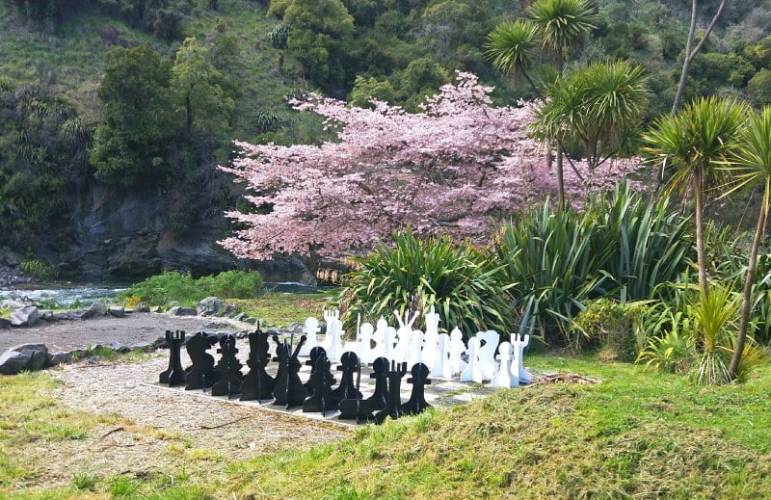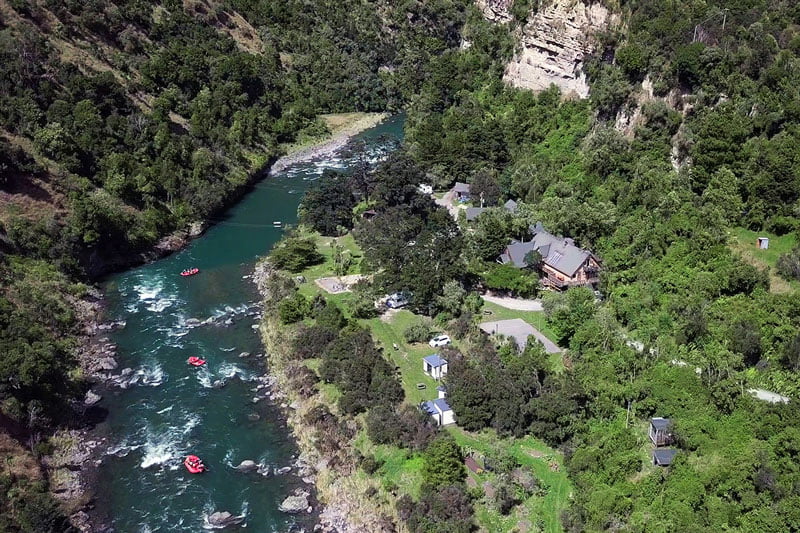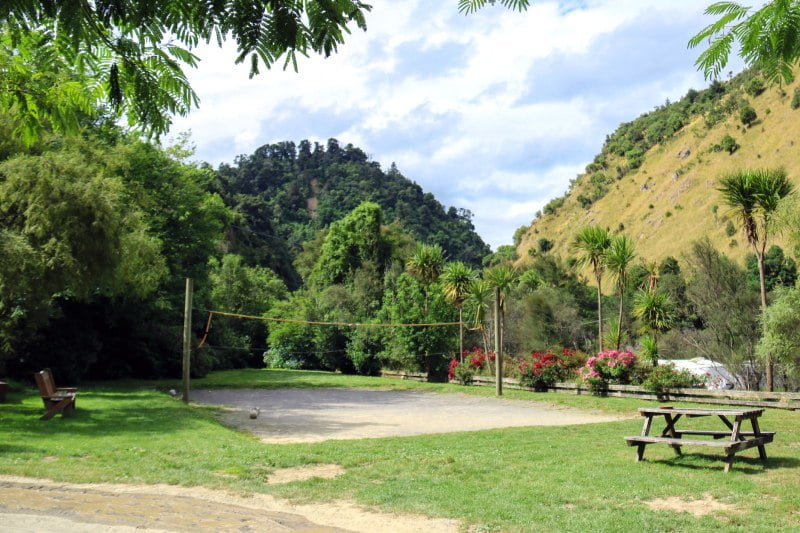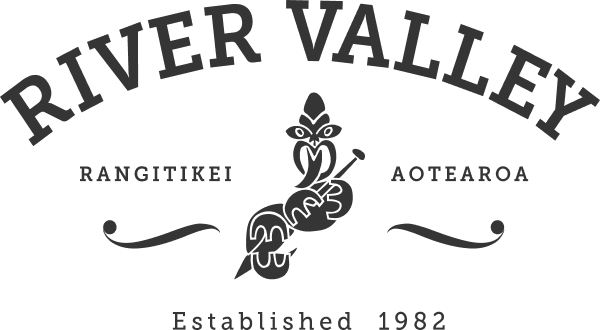With the introduction of the much anticipated new freshwater regulations in New Zealand, there will be even further pressure on farmers to fence livestock, cattle in particular, out of rivers and streams. Much fencing and planting have already been done, but there is more to do.
The legislation aims to clean up our waterways. These waterways flow through both rural and urban areas. While the media has highlighted what has to happen on farms, city and district councils also have much to do. In many instances, their wastewater and storm drains are in dire need of upgrading.
At the end of this process, which will take years, we should have cleaner waterways, though just how clean is still a matter of quite some scientific debate.
One of the main tools being used on farms to increase water quality is the fencing of streams and rivers, and associated with this is tree, shrub and flax planting between the waters edge and the fence. This planting aids in abetting the leaching of nutrients and the flow of silt into the waterway. Of course, keeping large animals out of the water also has a positive effect.
Most of the planting being carried out is in native trees and shrubs. These will add biodiversity to what is in many cases, a green desert landscape and encourage more birds and other wildlife along these corridors. This increase in wildlife diversity will be a side benefit that is seldom recognised.
Are there Other Opportunities That Could Be Associated with These Plantings?
I find it interesting that we tend to think one-dimensionally when we think of land use. For instance, farmers who rear livestock tend to only think about the space on their farms occupied by those animals and what they directly eat. In other words, it is from the soil surface up to the height of a grass plant. What happens under the soil surface or above the grass plant’s height is not really considered.
I believe this one-dimensional thinking blinds us to many other opportunities and potential benefits.
The costly exercise of riparian planting is a case in point. As the plantings mature, they will provide shelter for livestock, in addition to the return of wildlife mentioned above. There are also benefits for our own happiness. Much research suggests we are happier and more satisfied in our work if that work takes place in more agreeable surroundings.
But these riparian plantings could also provide other potential benefits if we started to think outside the square and looked at them as a possible resource, rather than just a cost.
For example, I would suggest that mixed in with the native trees planted in these riparian strips could be some high-value specialty timber trees. Trees that are planted with the express purpose of being harvested at some stage in the future. Often the far future.
Species could include exotics such as Black Walnut and Oaks, or some of our natives, including Kauri, Matai, Totara, or, depending on the width of the planting, even Rimu. Tane’s Tree Trust is doing some excellent research on the commercial growing of Kauri and Totara.
Yes, these trees would have to be pruned and generally cared for, but that could be a job for someone who may look after the trees on many farms, with the associated costs being shared. What a resource these trees could become in future years.
If our rural areas are to contain vibrant, diverse communities, we need to start looking outside the square. A crucial part of that is looking beyond a single dimension. As outlined above, a case in point is looking at riparian planting as an opportunity, rather than just another cost.
Brian Megaw

